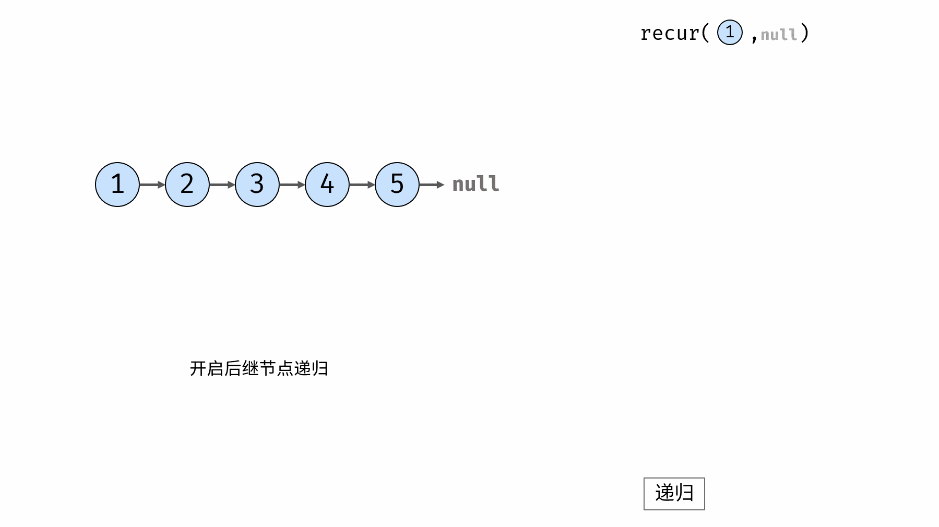
OpenVINO 是英特尔开发的一款功能强大的深度学习工具包,可实现跨多个硬件平台的优化神经网络推理。在本文中,我们讨论了 OpenVINO 的特性和优势,以及它如何与领先的计算机视觉平台 Viso Suite 集成,以构建和交付可扩展的应用程序。
🇶🇦 什么是 OpenVINO?
OpenVINO 是英特尔开发的跨平台深度学习工具包。该名称代表“开放式视觉推理和神经网络优化”。OpenVINO 专注于通过面向英特尔硬件平台的一次写入、随处部署的方法优化神经网络推理。
该工具包在 Apache License 2.0 版下免费使用,有两个版本:
● OpenVINO 工具包,由开源社区支持
● Intel Distribution of OpenVINO toolkit,由 Intel 支持。
使用 OpenVINO 工具包,软件开发人员可以通过与应用逻辑集成的高级 C++ 推理引擎 API选择模型并部署预训练的深度学习模型(YOLO v3、ResNet 50等)。
因此,OpenVINO 提供集成功能来加快应用程序和解决方案的开发,这些应用程序和解决方案使用计算机视觉、自动语音识别、自然语言处理(NLP)、推荐系统、机器学习等解决多项任务。
🚢 安装 OpenVINO
- 安装地址: https://www.intel.com/content/www/us/en/developer/tools/openvino-toolkit/download.html?VERSION=v_2022_3_1&ENVIRONMENT=RUNTIME&OP_SYSTEM=WINDOWS&DISTRIBUTION=ARCHIVE
- 这里我下载的是
2022.3.1 Runtime OpenVINO Archives版本. - 然后拷贝到
C:\Program Files (x86)\Intel下。 - 使用 python 安装
openvino-env(别的根据需求来安装),详细安装步骤可参考: https://docs.openvino.ai/2023.2/openvino_docs_install_guides_installing_openvino_from_archive_windows.htmlpip install -r tools\requirements.txt -i https://pypi.tuna.tsinghua.edu.cn/simple pip install -r tools\requirements_onnx.txt -i https://pypi.tuna.tsinghua.edu.cn/simple - 使用
mo -h来验证是否安装正确。
🚀 Export Model
- pt convert to onnx
python export.py --weights ./weights/yolov5s.pt --img 640 --batch 1 --include onnx - onnx convert to openvino
# 这里我将归一化参数写入模型中了, 这样前处理可以不用做归一化处理了 # data_type 32: FP32 16: FP16 mo --input_model ./weights/yolov5s.onnx --output_dir ./weights --data_type FP16 --mean_values [0,0,0] --scale_values [255,255,255] - pt convert to openvino
python export.py --weights ./weights/yolov5s.pt --img 640 --batch 1 --include openvino
🍋 Yolov5
-
获取当前支持的所有的AI硬件推理设备, 如果输出没有设备,则可尝试更新显卡驱动. https://www.intel.com/content/www/us/en/support/products/80939/graphics.html
#include <openvino/openvino.hpp> #include <iostream> #include <vector> int main() { ov::Core ie; //获取当前支持的所有的AI硬件推理设备 std::vector<std::string> devices = ie.get_available_devices(); for (int i = 0; i < devices.size(); i++) { std::cout << devices[i] << std::endl; } system("pause"); return 0; } // ----------------------- output ----------------------- CPU GNA GPU -
推理
- 代码来自这位博主, 详细过程可参考博主博客 https://blog.csdn.net/weixin_45650500/article/details/134455535
- 如果感觉初始化时间等待过长,可尝试添加缓存,则第一次加载过后,再次初始化会很快.
core.set_property(ov::cache_dir("cache"));
#include <opencv2/dnn.hpp> #include <openvino/openvino.hpp> #include <opencv2/opencv.hpp> using namespace std; const float SCORE_THRESHOLD = 0.2; const float NMS_THRESHOLD = 0.4; const float CONFIDENCE_THRESHOLD = 0.4 struct Detection { int class_id; float confidence; cv::Rect box; }; struct Resize { cv::Mat resized_image; int dw; int dh; }; Resize resize_and_pad(cv::Mat& img, cv::Size new_shape) { float width = img.cols; float height = img.rows; float r = float(new_shape.width / max(width, height)); int new_unpadW = int(round(width * r)); int new_unpadH = int(round(height * r)); Resize resize; cv::resize(img, resize.resized_image, cv::Size(new_unpadW, new_unpadH), 0, 0, cv::INTER_AREA); resize.dw = new_shape.width - new_unpadW; resize.dh = new_shape.height - new_unpadH; cv::Scalar color = cv::Scalar(100, 100, 100); cv::copyMakeBorder(resize.resized_image, resize.resized_image, 0, resize.dh, 0, resize.dw, cv::BORDER_CONSTANT, color); return resize; } int main() { // Step 1. Initialize OpenVINO Runtime core ov::Core core; core.set_property(ov::cache_dir("cache")); // Step 2. Read a model std::shared_ptr<ov::Model> model = core.read_model("model/yolov5s.xml", "model/yolov5s.bin"); //此处需要自行修改xml和bin的路径 // Step 3. Read input image // 图像路径 cv::Mat img = cv::imread("images/bus.jpg"); // resize image Resize res = resize_and_pad(img, cv::Size(640, 640)); // Step 4. Inizialize Preprocessing for the model ov::preprocess::PrePostProcessor ppp = ov::preprocess::PrePostProcessor(model); // Specify input image format ppp.input().tensor().set_element_type(ov::element::u8).set_layout("NHWC").set_color_format(ov::preprocess::ColorFormat::BGR); // Specify preprocess pipeline to input image without resizing //ppp.input().preprocess().convert_element_type(ov::element::f32).convert_color(ov::preprocess::ColorFormat::RGB).scale({ 255., 255., 255. }); ppp.input().preprocess().convert_element_type(ov::element::f32).convert_color(ov::preprocess::ColorFormat::RGB); // Specify model's input layout ppp.input().model().set_layout("NCHW"); // Specify output results format ppp.output().tensor().set_element_type(ov::element::f32); // Embed above steps in the graph model = ppp.build(); ov::CompiledModel compiled_model = core.compile_model(model, "GPU"); // Step 5. Create tensor from image float* input_data = (float*)res.resized_image.data; ov::Tensor input_tensor = ov::Tensor(compiled_model.input().get_element_type(), compiled_model.input().get_shape(), input_data); // Step 6. Create an infer request for model inference ov::InferRequest infer_request = compiled_model.create_infer_request(); infer_request.set_input_tensor(input_tensor); //增加计时器统计推理时间 double start = clock(); infer_request.infer(); double end = clock(); double last = start - end; cout << "Detect Time" << last << "ms" << endl; //Step 7. Retrieve inference results const ov::Tensor& output_tensor = infer_request.get_output_tensor(); ov::Shape output_shape = output_tensor.get_shape(); float* detections = output_tensor.data<float>(); // Step 8. Postprocessing including NMS std::vector<cv::Rect> boxes; vector<int> class_ids; vector<float> confidences; for (int i = 0; i < output_shape[1]; i++) { float* detection = &detections[i * output_shape[2]]; float confidence = detection[4]; if (confidence >= CONFIDENCE_THRESHOLD) { float* classes_scores = &detection[5]; cv::Mat scores(1, output_shape[2] - 5, CV_32FC1, classes_scores); cv::Point class_id; double max_class_score; cv::minMaxLoc(scores, 0, &max_class_score, 0, &class_id); if (max_class_score > SCORE_THRESHOLD) { confidences.push_back(confidence); class_ids.push_back(class_id.x); float x = detection[0]; float y = detection[1]; float w = detection[2]; float h = detection[3]; float xmin = x - (w / 2); float ymin = y - (h / 2); boxes.push_back(cv::Rect(xmin, ymin, w, h)); } } } std::vector<int> nms_result; cv::dnn::NMSBoxes(boxes, confidences, SCORE_THRESHOLD, NMS_THRESHOLD, nms_result); std::vector<Detection> output; for (int i = 0; i < nms_result.size(); i++) { Detection result; int idx = nms_result[i]; result.class_id = class_ids[idx]; result.confidence = confidences[idx]; result.box = boxes[idx]; output.push_back(result); } // Step 9. Print results and save Figure with detections for (int i = 0; i < output.size(); i++) { auto detection = output[i]; auto box = detection.box; auto classId = detection.class_id; auto confidence = detection.confidence; float rx = (float)img.cols / (float)(res.resized_image.cols - res.dw); float ry = (float)img.rows / (float)(res.resized_image.rows - res.dh); box.x = rx * box.x; box.y = ry * box.y; box.width = rx * box.width; box.height = ry * box.height; cout << "Bbox" << i + 1 << ": Class: " << classId << " " << "Confidence: " << confidence << " Scaled coords: [ " << "cx: " << (float)(box.x + (box.width / 2)) / img.cols << ", " << "cy: " << (float)(box.y + (box.height / 2)) / img.rows << ", " << "w: " << (float)box.width / img.cols << ", " << "h: " << (float)box.height / img.rows << " ]" << endl; float xmax = box.x + box.width; float ymax = box.y + box.height; cv::rectangle(img, cv::Point(box.x, box.y), cv::Point(xmax, ymax), cv::Scalar(0, 255, 0), 3); cv::rectangle(img, cv::Point(box.x, box.y - 20), cv::Point(xmax, box.y), cv::Scalar(0, 255, 0), cv::FILLED); cv::putText(img, std::to_string(classId), cv::Point(box.x, box.y - 5), cv::FONT_HERSHEY_SIMPLEX, 0.5, cv::Scalar(0, 0, 0)); } //显示具体结果 cv::namedWindow("ImageWindow", cv::WINDOW_NORMAL); cv::resizeWindow("ImageWindow", 800, 600); cv::imshow("ImageWindow", img); cv::waitKey(0); cv::destroyAllWindows(); return 0; } -
输出结果

参考
- https://www.intel.com/content/www/us/en/developer/tools/openvino-toolkit/download.html?VERSION=v_2023_2_0&OP_SYSTEM=WINDOWS&DISTRIBUTION=ARCHIVE
- https://docs.openvino.ai/2023.2/openvino_docs_install_guides_installing_openvino_from_archive_windows.html
- https://blog.csdn.net/weixin_45650500/article/details/134455535



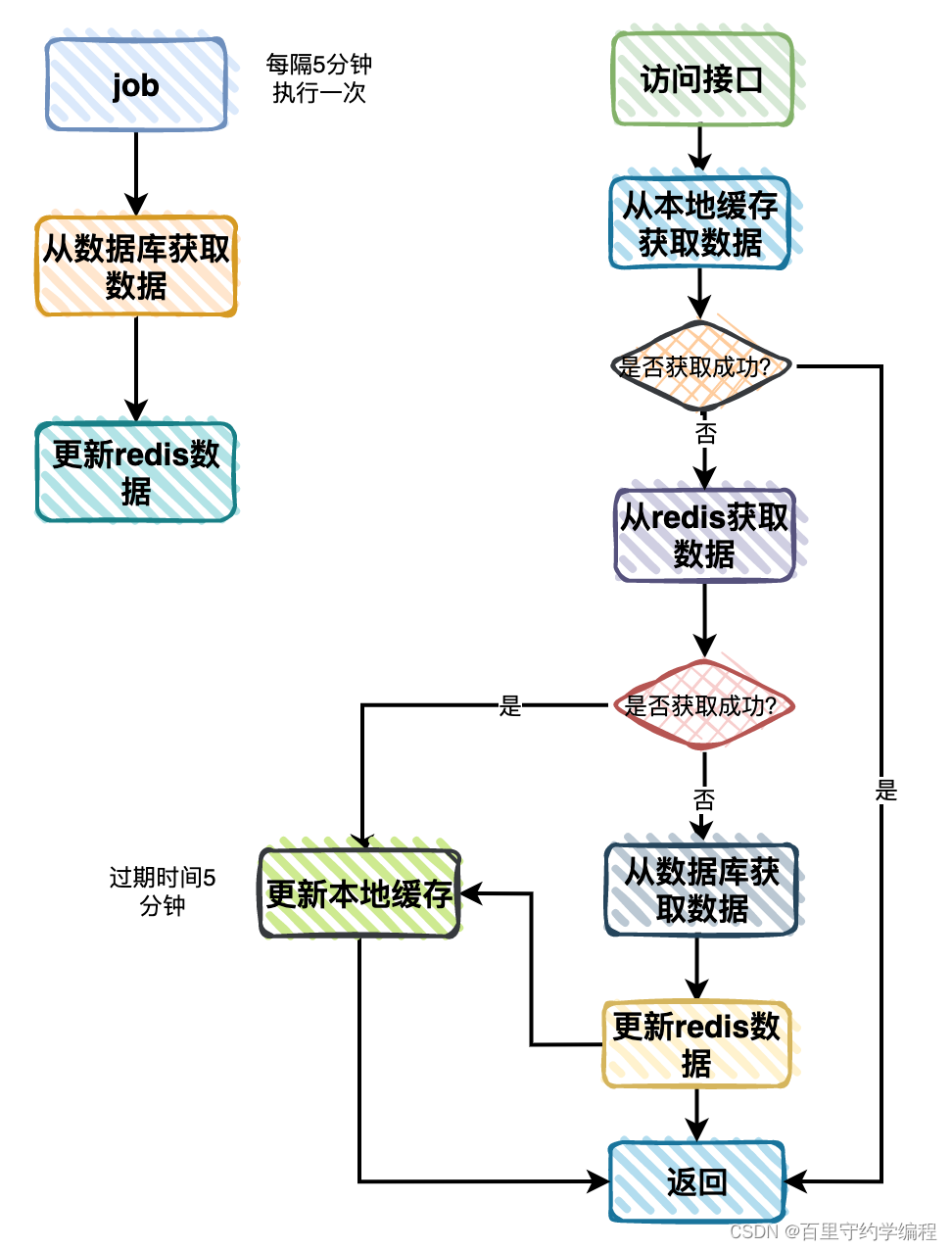

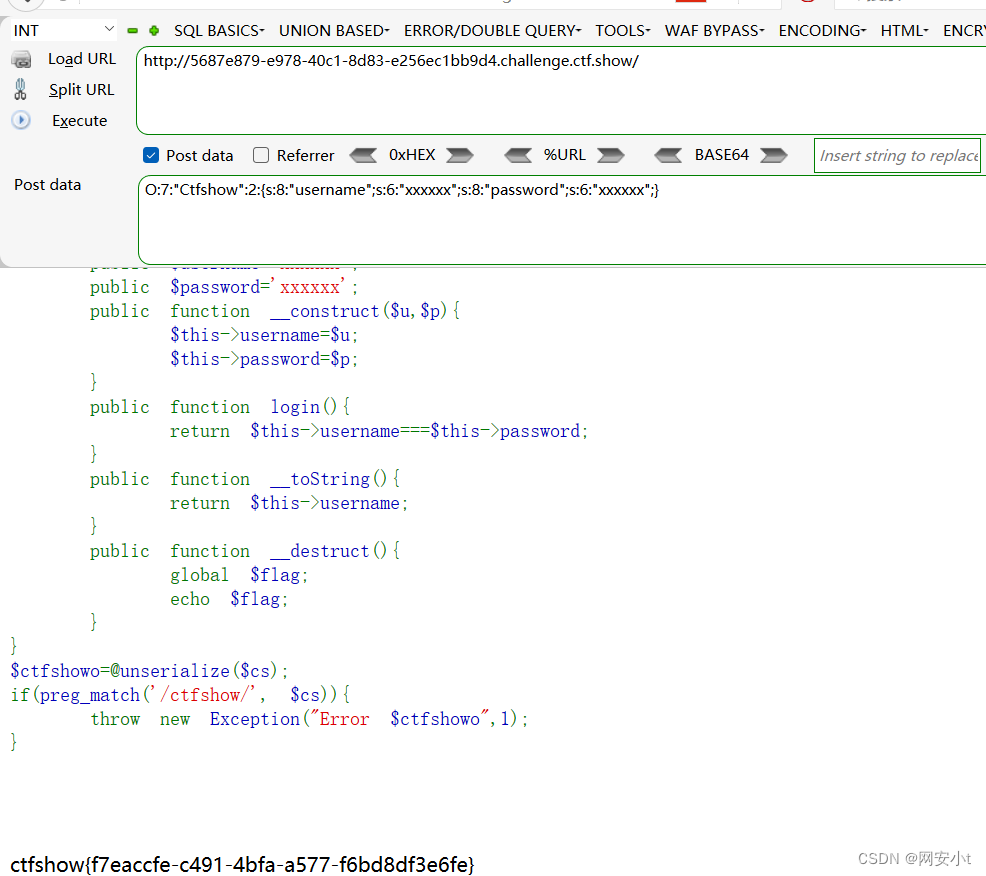





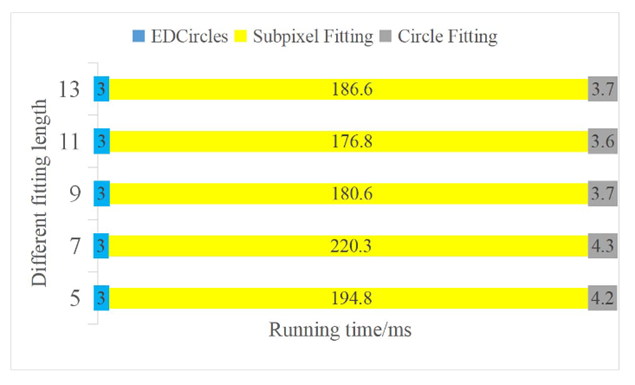

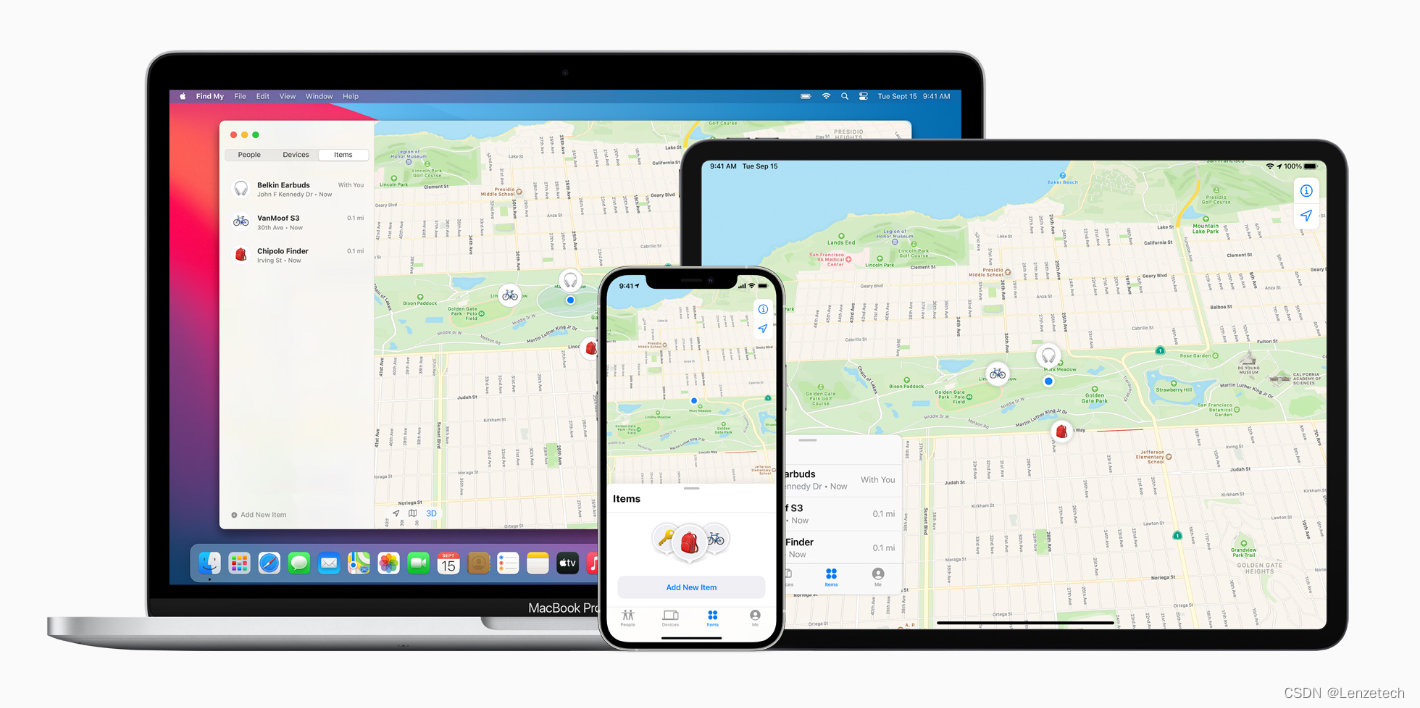


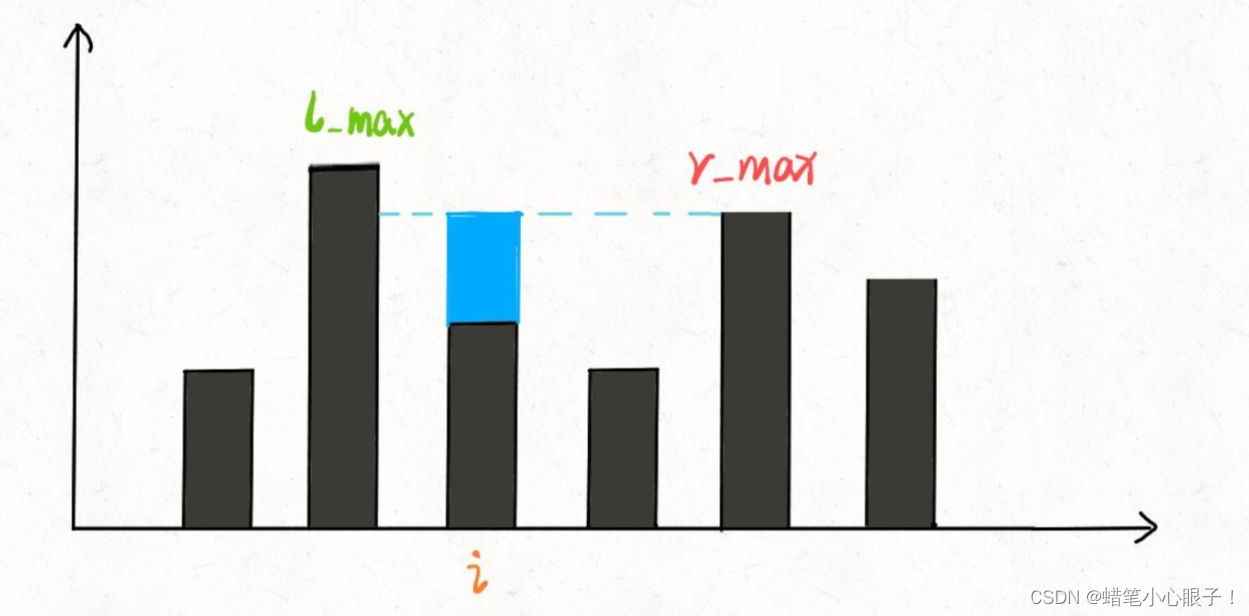

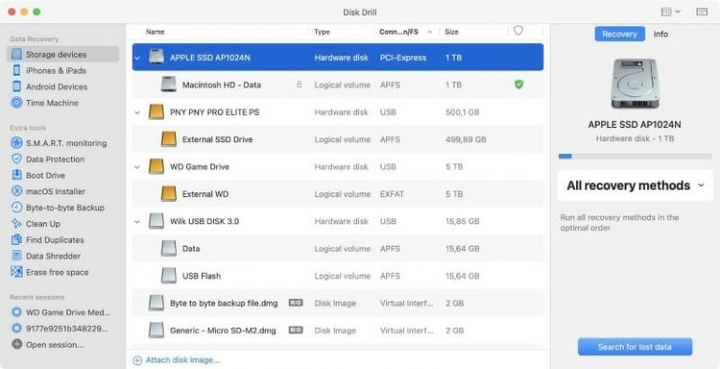
![[安全警报] Npm木马利用“Oscompatible“包悄然安装AnyDesk](https://img-blog.csdnimg.cn/direct/68eb07b4553c4afc839185e072bc0a28.png)
